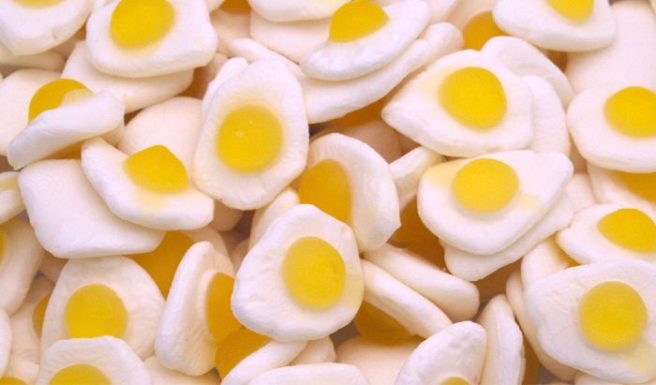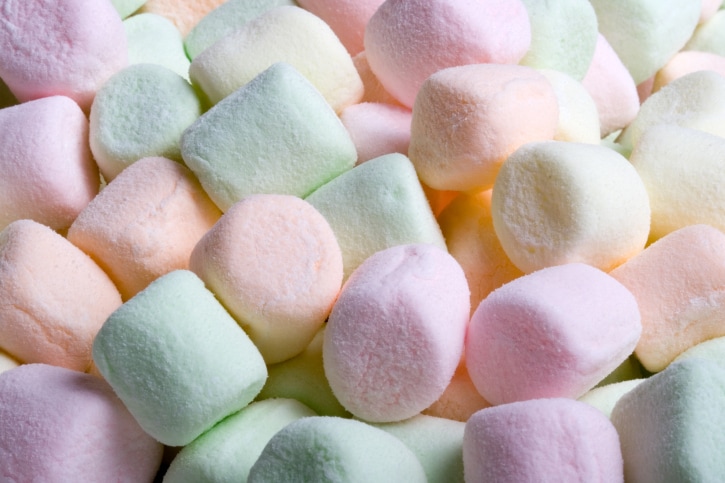
Fried eggs or flying saucers? There is a major Haribo debate going on
There has been a debate raging online over the occupation of a particular Haribo sweet.
The Haribo Starmix bag is a classic confectionery treat, but one Facebook post posed a question that made us reconsider everything we ever thought we knew about the jelly sweets.
The bag has a strictly cosmic theme, and Scottish Patterr made a connection between the theme and the classic fried egg sweetie, which he claims is a flying saucer.
Another Facebook user backed him up adding, "Egg = UFO, Cola bottles = spaceship, ring = Saturn rings, bear = astronaut in his outfit." Mindblowing.
The internet quickly descended into madness over this divisive issue, with people feeling that the veil has been lifted on a confectionery conspiricy that they never knew about.
Others adamantly belive that the egg is an egg, and this is backed up by a statement on the Haribo website.
"HARIBO Starmix contains the ever popular favourite shapes such as the lemon flavoured Fried Eggs and raspberry flavoured Heart Throbs."
Nah my life is a lie. The egg in Haribo starmix is apparently a UFO pic.twitter.com/T5ue25caGU
— Luke (@lukecoalbum) March 5, 2017
"There are also the iconic Cola Bottles and strawberry, lemon and orange flavoured Bears."
"As well as the playful Rings in raspberry & pineapple, orange & lemon and raspberry & lemon flavours."
Despite the official source putting the argument to bed, the debate rages on. What do you think?

























